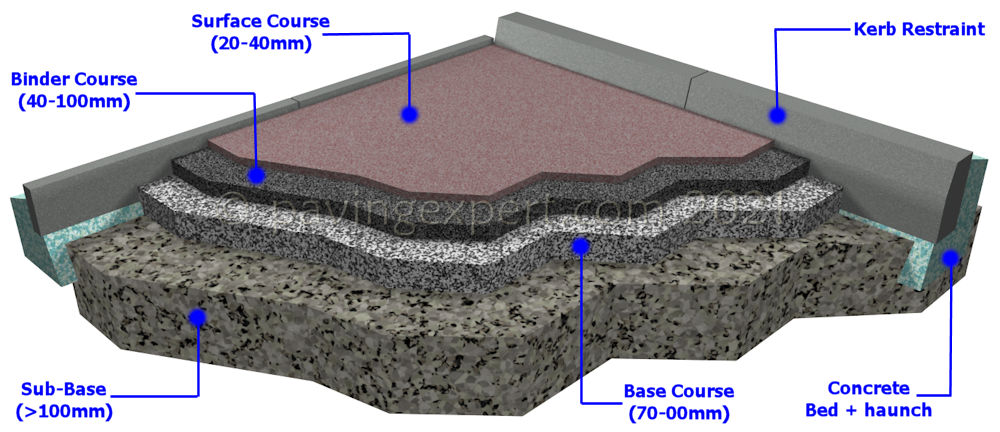Tarmac road cost per km varies from the kes 20 million per km used in Governor Alfred Mutua’s Machakos county roads to over kes 300 million per km used in Thika super highway and Southern Bypass roads in Nairobi.
The thickness of the tarmac/top layer/asphatic concrete is determined by the traffic envisaged. For heavy traffic eg super highways, the tarmac is thicker.

Dr Alfred Mutua managed to use kes 650 milllion to tarmac 33 km of road. Thika road, designed for heavier traffic, costed kes 31 billion for 50 km of road. This translates to kes 620 million per km which can be broken into 2 since it has 4 lanes hence around kes 300m per km.
The Southern bypass road,also designed for heavier traffic, with 28km of main carriageway and 22km of service roads, totals 50km at a cost of kes 17 billion. This works out to kes 300 million per km.

Machakos County roads.
Machakos county, through use of British standard as compared to the American/Chinese Standard of road construction where the base and sub base are made of stabilized soil has managed to achieve full construction at a very low cost, though the bitumen cover will need to be increased over time to at least 50mm thick compared to what looks like 20mm thick cover from the pictures.

Thika and Southern Bypasses are using American/Chinese standards of road construction where there has been allot of back fill, cutting into hills, filling up valleys and lifting of the road surface high from ground level.
This excessive lifting makes the roads expensive and also reduce the road interaction with businesses at the sides of the roads. In future, these highway designs need to involve the locals so that their needs such as ease of access and ease of customers manouvering their cars to buy goods off the roads are considered. Thika road design was done by Indian consulting engineering firms which should have designed the road such that it offers easy access to businesses and residences along the road side.

Users are forced to stay on the road, hence little access to roadside shops. This leaves the communities where the road is passing without the much needed economic ingredient benefit from the road.
This excessive lifting also necessitates for expensive service roads for road side access. This cost for service roads could have been used to lay more tarmac to inaccessible areas. Eg the Southern Bypass has 30km of main highway carriageway and 20km of service roads since plots next to the roads cant use the highway due to its high level from the ground.
The 30km highway could have been designed similar to the Machakos county roads whereby its easy for vehicular access to the road side hence saving on the 20km used for access road.

Architectural point of view.
Governor Mutua’s Machakos roads, from an architectural point of view ,built using British standards, offer better interaction betwen road users and businesses at the road sides than the Thika superhighway and Southern Bypass roads, built using American/Chinese standards of soil stabilization because of the below.
1. Less excavation and back filling hence lesser costs.
2. Easy for vehicles to pull over the road side hence economic boost to communities living along the road side.
Disadvantages.
The American/Chinese standard of road construction as utilized in Thika superhighway and southern bypass is relatively new worldwide, not more than 20 years in use. Use of stabilized soil to support a road and lifting of the road surface high away from ground level, probably to protect it from water could be a better way of protecting tarmac from water , which erodes tarmac easily.
Going forward.
County roads should embrace stabilised soil road base construction similar to Thika road and Southern bypass road construction. The design can be done such that it allows for the road to interact and offer easy access to lands next to the road for ease of economic empowerment of the communities living and doing business by the road sides.
With stabilised soil bases, a thinner layer of bitumen cover can be used or concrete bamburi blocks laid on top as the cover. This will go a long way to ensure locally produced building materials are used in Kenya, creating employment to many.
Francis Gichuhi Kamau, Architect.
info@a4architect.com


Leave a Reply